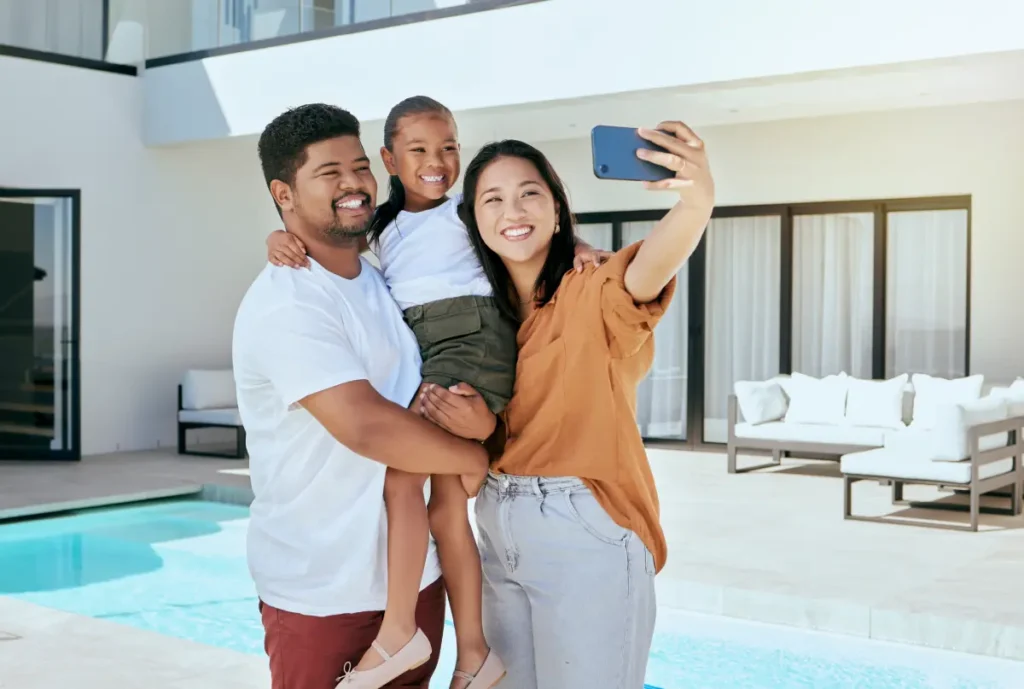Customer Lifetime Value (CLV) is defined as the predicted dollar amount a customer is worth over the course of their relationship with a business, from first through final transaction. To increase CLV, it’s important to focus on achieving larger per-customer spends and increasing the length of the average transactional relationship.
How do you do this? Well, looking at consumer behavioral psychology can certainly help point you in the right direction. Behavioral psychology reveals why people are driven to purchase, how they weigh transactional experiences and, overall, what matters most as they make the decision to remain loyal or churn.
Here are 7 marketing psychology “tricks” that can help you increase your Customer Lifetime Value…
1.It’s all about small requests and easily achievable rewards
Here’s a massive surprise: people can be kinda lazy. (I hope you’re not actually surprised by this.)
If you present your customers with an opportunity – no matter how incredible it could be for them – and that opportunity sounds like it requires a large investment of time, effort or money, you’re going to struggle to see engagement. Conversely, when something is broken into manageable chunks and parameters are minimal, people are more likely to engage.
This is because people are more likely to take action when they know they can succeed. It’s the difference in offering $100 off a $1,000 purchase or $10 off a $100 purchase. In the mind of the average consumer, it’s easier to hit the $100 benchmark for a reward than it is to reach $1,000. In both situations, you’re essentially offering up to 10% off a purchase, but it comes down to perception. People perceive $100 as a more accessible point of entry to take advantage of the offer.
2. Get a foot in the door
Another benefit to leveraging the power of making small requests of your customers is that you can eventually successfully ask for larger requests. This is what’s known as the Foot-in-the-Door technique. It’s the belief that as consumers get used to saying yes to small requests, they’re building a relationship with the brand doing the asking. After a point, the relationship is strong enough that the asks can incrementally grow and the consumer won’t mind, they’ll still say yes because of a feeling of obligation.
3. Go ahead and use labels
People don’t mind being labelled. Really. And sometimes people actually enjoy being labelled so much that they begin to act in line with the label they’re given.
Loyalty programs adeptly leverage this bit of psychology when they label a customer as being more “senior” than others. Just take frequent flyer programs for example. They are usually tiered – Silver, Gold, Platinum, etc. – so that customers can constantly work toward a new level of seniority replete with new rewards and offers.
And the really effective bit is that as members view themselves as Silver Customers and Gold Customers, they grow more loyal to the brand doling out the special recognition, and they usually spend more, more frequently. Being recognised as a VIP makes customers feel good and they seek to repeat that feeling and reinforce that self-image as frequently as possible.
4. Pit yourself against an idea, belief or even a competitor
In a similar vein, give people a “team” or a value to align with that reflects and reinforces their own views. When your company stands for something – green initiatives, fair-trade practices, family-friendly pricing – you open the door for customers to agree with what you’re saying and form loyalties that way.
64% of customers connect with companies because of a shared set of values and 89% of American customers say they remain loyal to brands that share their values.
5. Ask for a public commitment
Have you grasped the idea yet that people act to preserve and promote their own self-image? After you’ve shared your brand values and found customers who connect with them, ask people to go public.
When your customers make a public commitment to do something, they’re not only more likely to follow through, they’ll receive a shot of “feel good” reinforcement that they’ve aligned with a set of values in a highly visible way.
6. Communication should flow easily and frequently
People take in messages more effectively when they are easy to remember and even easier to process. Frequent, small updates are manageable, convey transparency and drive conversion whereas less frequent, larger downloads of information are overwhelming and off-putting.
If you’ve read any of our other posts, you know this is not new information, and you also know that video is one of the best vehicles for sharing easily digestible information. To be specific, 90% of the information humans take in is done visually. Visual information is processed faster and remembered 40% more reliably than text, and that number increases to 68% retention when both audio and visual senses are stimulated.
7. Offer unexpected delight
Excellent customer service experiences should come standard at your company, that’s Customer Retention 101. Take it a step further by occasionally surprising customers with a small but helpful treat like a free expedited shipping upgrade, a free how-to guide or even free sample products. Research shows even small and inexpensive gestures garner lasting favorability among customers.
This is important because reciprocity is an incredibly strong purchase motivator. People simply feel obligated to return favors. It’s the reason why customer service has such a high ROI.
To read more about the impact of behavioral psychology on brand relationships, check out our post, Unlocking the Power of Video Marketing Using Behavioral Science.





